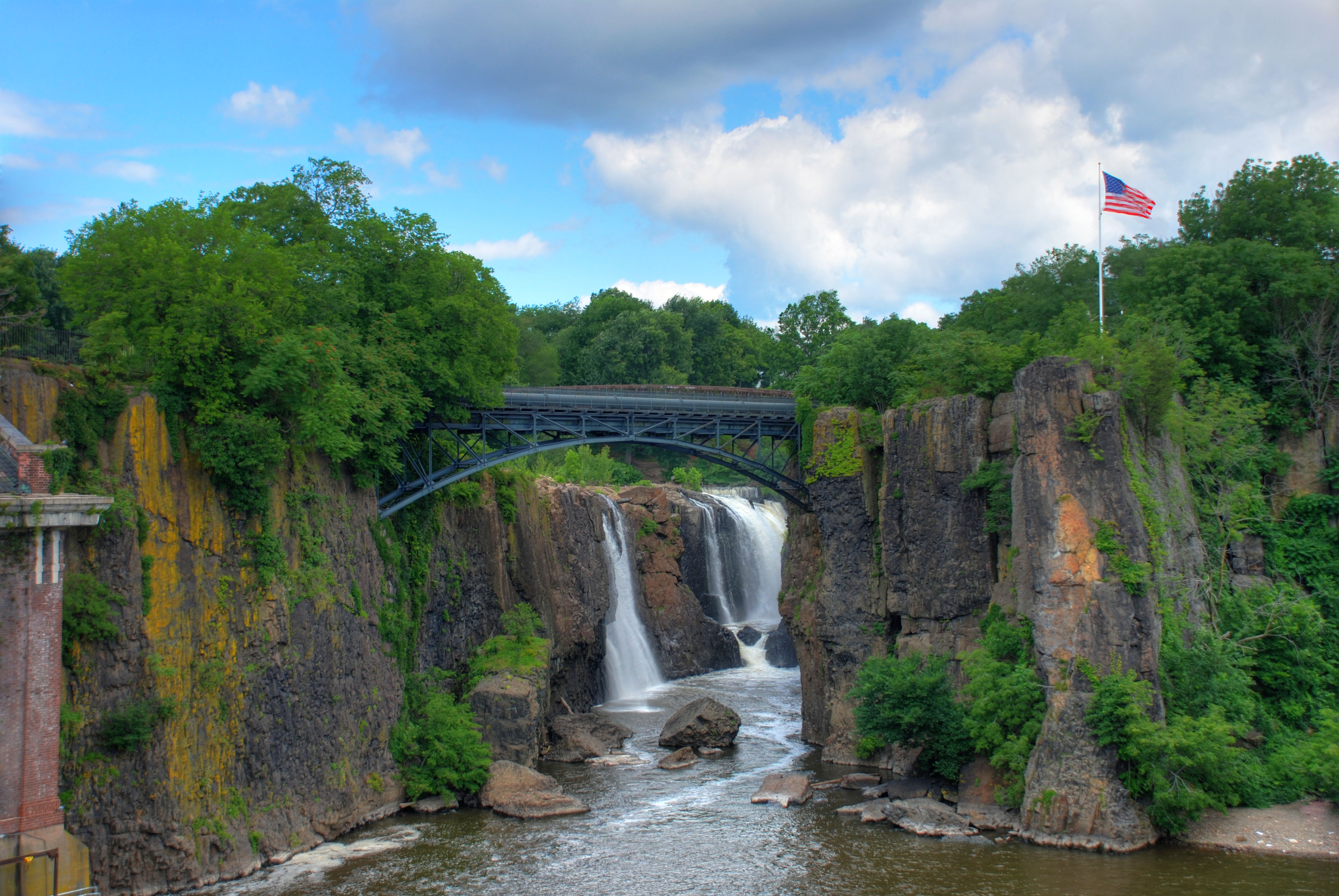 |
| Chathamborough.org |
By Jonathan Sanzari
Residents of the small suburban town of Pequannock, NJ have been quite vocal in opposing the plan for the Pilgrim pipeline.
Talk of the proposed 178-mile-long pipeline has been a reoccurring matter at town meetings. Many residents have called for the municipal council to file an ordinance against the pipeline. However, it isn’t the only town debating about fighting against the Pilgrim pipeline. The $1 billion pipeline would stretch from Albany, New York to Linden, New Jersey to transport Bakken oil from North Dakota.
The proposed pipeline would run through five New Jersey counties and five New York counties, cutting through forests and river corridors, highway shoulders and backyards in more than 50 municipalities.
The plan for the Pilgrim pipeline was made public in October 2014 and the first public presentation was on Oct. 21 in the Kinnelon Municipal Courthouse. It stirred up a town-wide debate.
“I’ve worked with gas companies and performed leak tests on pressurized petrochemical systems for a few years and leaks are inevitable to the designs,” David Young, 22, a Pequannock resident and chemical engineer for CB&I, said in an interview.
“There’s acceptable leak specifications and requirements but leaks occur nonetheless at any and all fittings and flanges because molecules in the pipelines can be smaller than the threads used,” he added.
Survey: Americans Favor Move to Renewable Energy
The Energy Initiative of the Massachusetts Institute of Technology conducted a survey over the course of ten years that got views from Americans’ about energy usage. The outcome of the survey was that American’s would like to move away from using fossil fuels and focus more on incorporating renewable technology. The proposal of the Pilgrim pipeline shows that there are no indications of relying solely on renewable technology just yet.
The survey’s findings show that American’s favor reducing use of traditional fossil fuels like coal and oil. They’d like an increase in renewable energy sources, especially wind and solar power. However, American’s also suggested keeping the use of natural gas and nuclear power at the same rate we’re using it today.
In Pequannock, a discussion of the pipeline at a town council meeting in August 2015 frustrated many residents. The council rebuffed pipeline opponents' arguments by saying that they didn’t want to file an ordinance against the Pilgrim pipeline because they believe it would get dismissed in court and end up being a waste of the town’s money.
The town council said it wants to treat the Pilgrim pipeline plan just like any other construction proposal that has been brought to their attention. The council stated they don’t want to single the company out just because they’re an oil company.
“We shouldn’t further facilitate fossil fuels and the corporate agendas of major petroleum companies if we want to consider ourselves either technologically or morally progressive in any sense of the word,” said David Young, the chemical engineer critical of gas pipelines safety record. “Accepting this pipeline would be a major step backwards for environmental preservation efforts and for providing support to alternative energy development.”
Pipeline Opposition Rises in NJ Towns
However, other towns aren’t backing down against the Pilgrim pipeline proposal. “Some 25 of the 28 towns along the route in New Jersey have passed resolutions opposing the project, with more expected to come on board, according to the New Jersey chapter of the Sierra Club, which is organizing an opposition effort,” NJ.com reported in January 2015.
Jo Sippie-Gora, 75, a local activist, member of
Kinnelon Conserve, and a retired Kinnelon resident said that “it’s satisfying” knowing that Americans are against fossil fuel usage.
Sippie-Gora said one of the negative effects the pipeline would possibly bring is, “[lack of] responsibility, the burden is really going to be for the people that live along the pipeline and not on the company. They’re not going to indemnify any of the homeowners or any of the residents and businesses that could be affected.”
Sippie-Gora additionally mentioned that the pipeline would create only short-term jobs. The community needs more long-term jobs and the pipeline only positively effects Pilgrim Pipeline Holdings, LLC. New Jersey’s unemployment rating in March 2014 was 5.5%, it remains among the highest in the United States. “Of 302,000 unemployed residents in New Jersey in 2014, around 41 percent, or 125,000 people, have been out of work at least 27 weeks,”
according to federal labor data.
President Obama announced on Nov. 6, that he would be rejecting the request from a Canadian oil company to build the
Keystone XL pipeline. The pipeline would of been 1,179-miles long and would have carried 800,000 barrels a day of petroleum from Canada to the Gulf Coast. It has been in review for seven years and finally has ended. Obama cited climate change as a key factor of his decision to deny the pipeline being built.
Perhaps the denial of the Keystone XL pipeline will convince local officials in Pequannock and other towns that would be affected by the pipeline to think long-term.
According to
NJ.com, on Jan. 16, 2015 a spokesman for the Pilgrim pipeline announced that the company is “going full steam ahead” regardless of the disapproval that the pipeline has been receiving ever since the plans were publicized.
Pipeline Company Dismisses Opposition
Paul Nathanson, the spokesman for Pilgrim stated, “We remain confident that it will go through.” The residents that will be affected by the construction will certainly disagree, especially since most of the towns have passed resolutions against it. According to NJ.com, “Nathanson pointed out that the resolutions carry no legal weight and continued to predict that the plan ‘will gain support’ after people learn more about it.”
NJ.com noted that Nathanson claims that the pipeline will be safer and environmentally friendly, among have other benefits. NJ.com also revealed, “In the interview with the editorial board, Paul Martin, director of permitting and licensing for an environmental consulting group, said Pilgrim will need approximately 20 permits from the DEP, along with reviews from the state's Highlands Council and Green Acres program. He estimated it would take 12 to 16 months to get all the necessary approvals.”
If Pilgrim gets all the proper permits to build the pipeline, the New Jersey Sierra Club plans to combat Pilgrim legally as a last resort.
Sippie-Gora said, “If we’re going to leave a livable planet for our descendants, we have no choice. We have to move away from fossil fuels.”
Jonathan Sanzari has an A.A. from Passaic County Community College and is receiving his B.A. in Communication Arts in August of 2016. He is a contributing writer and copy editor for Meadowlands USA, a publication created by the Meadowlands Regional Chamber. He plans to pursue a job that will cover local news that’ll benefit the community. He is also interested in environmental writing and potentially become a freelance writer.












